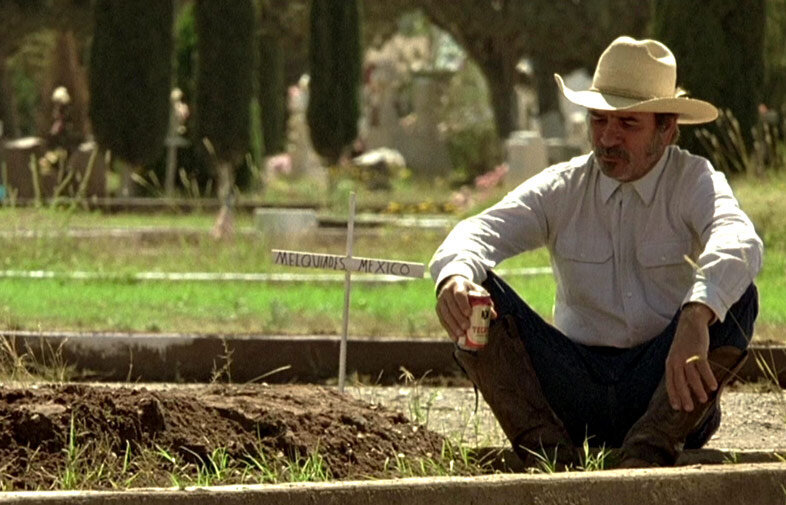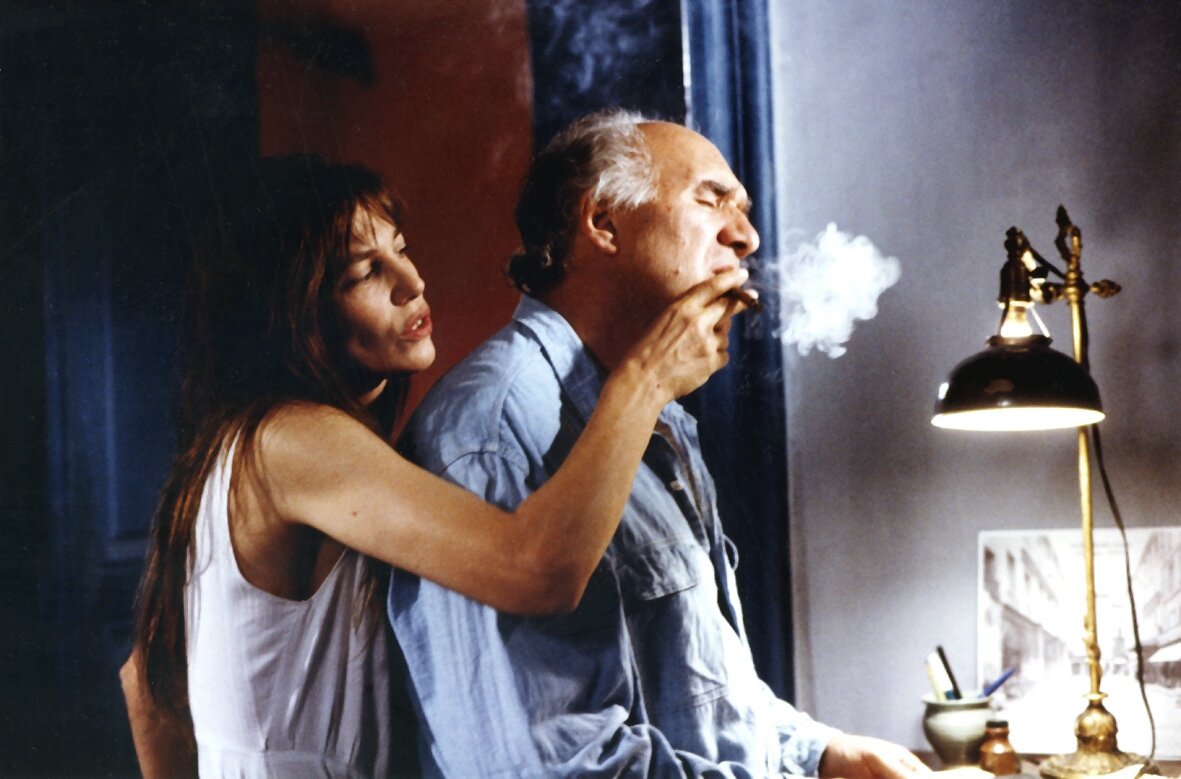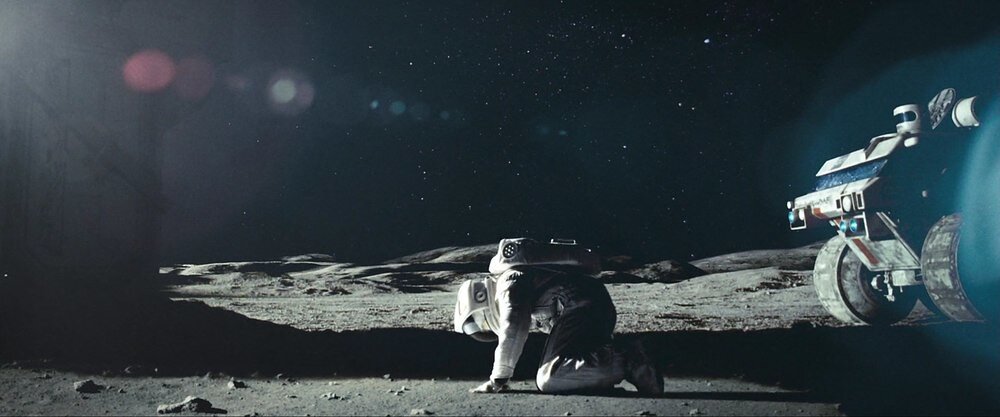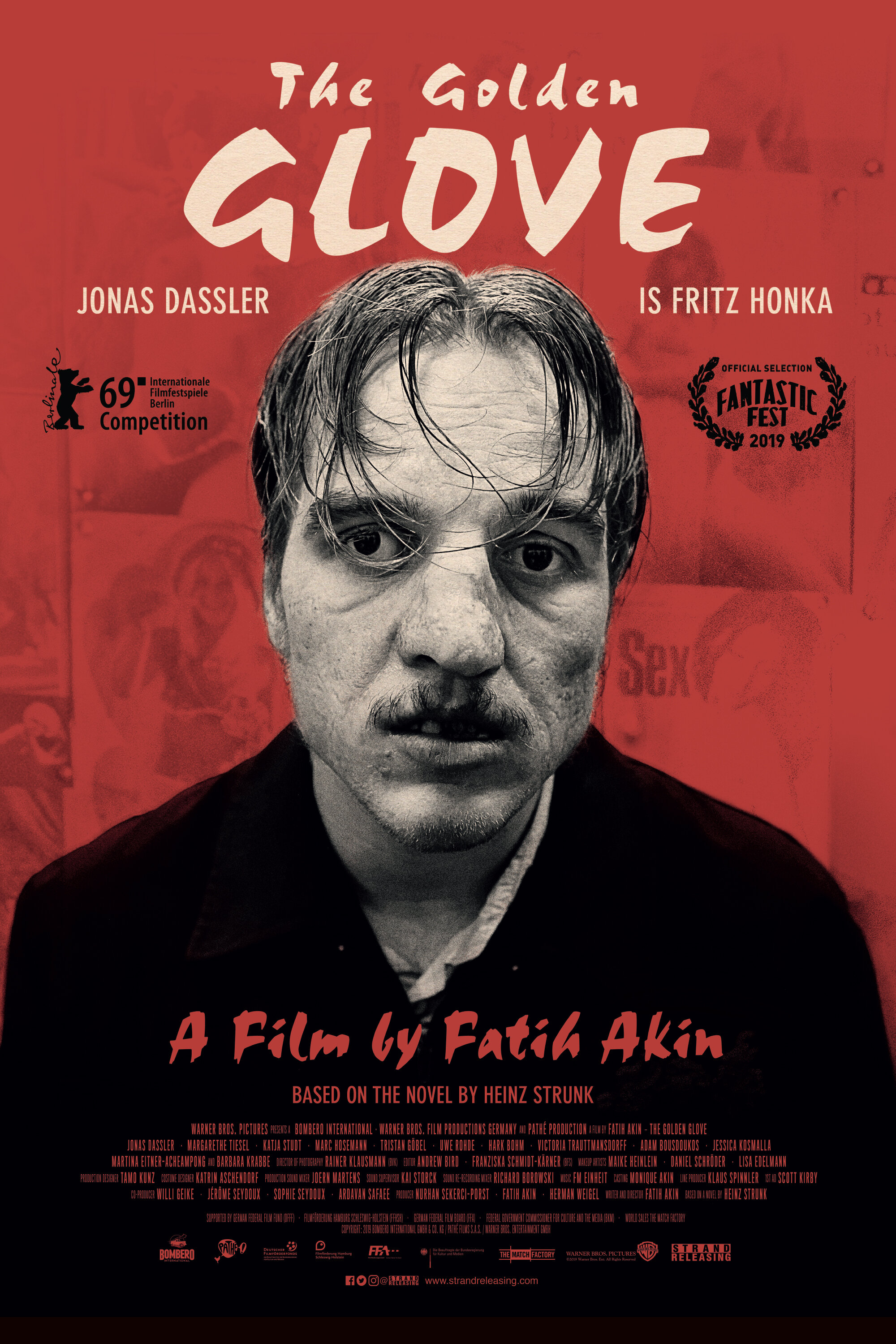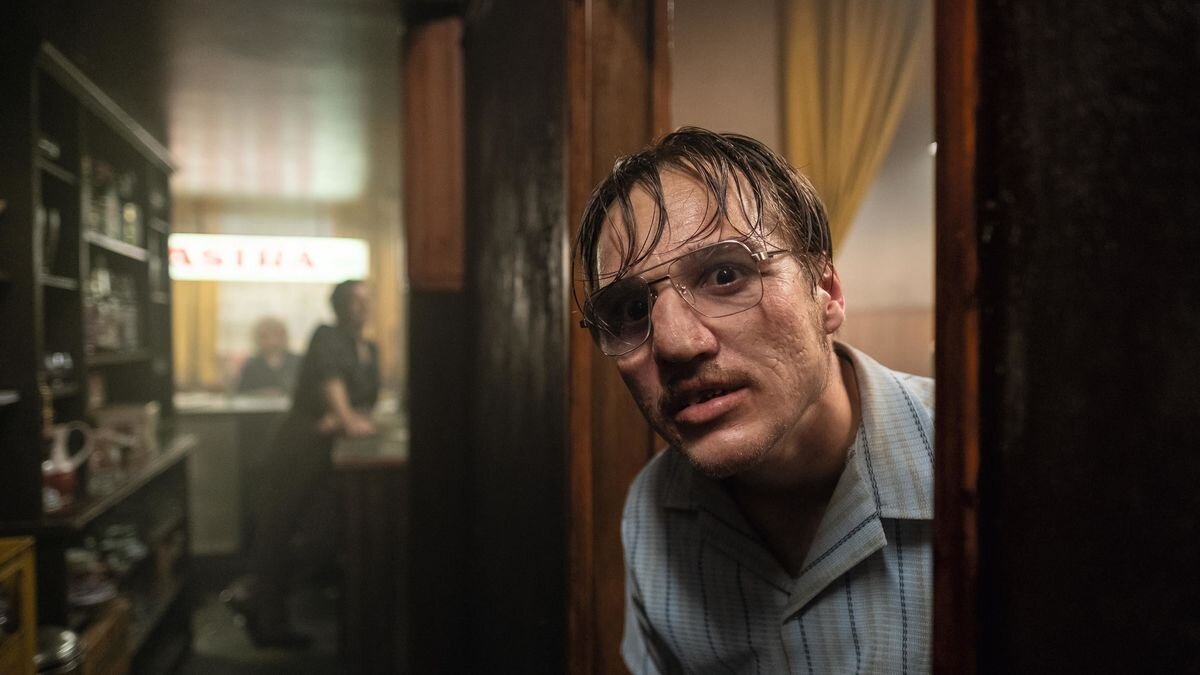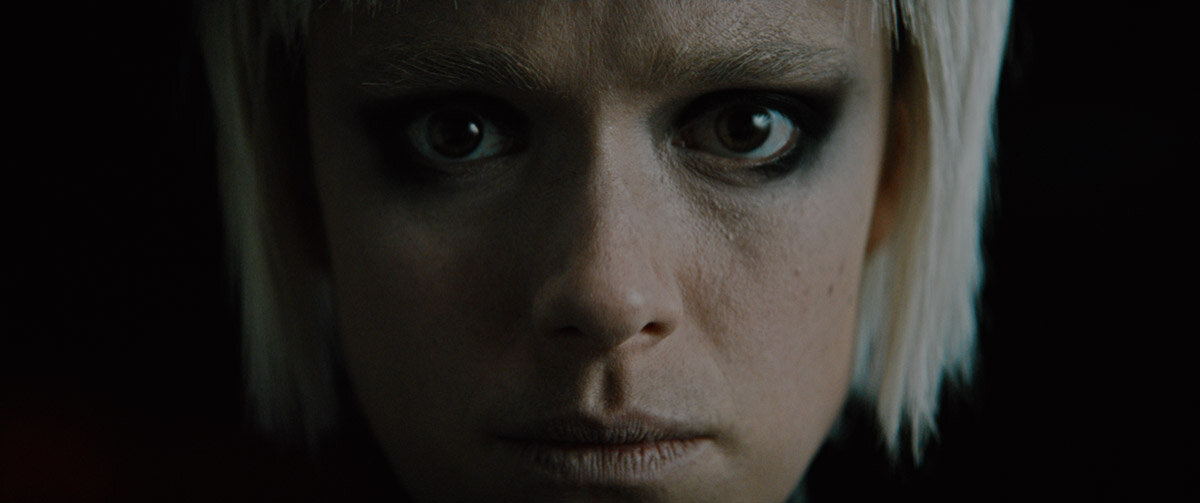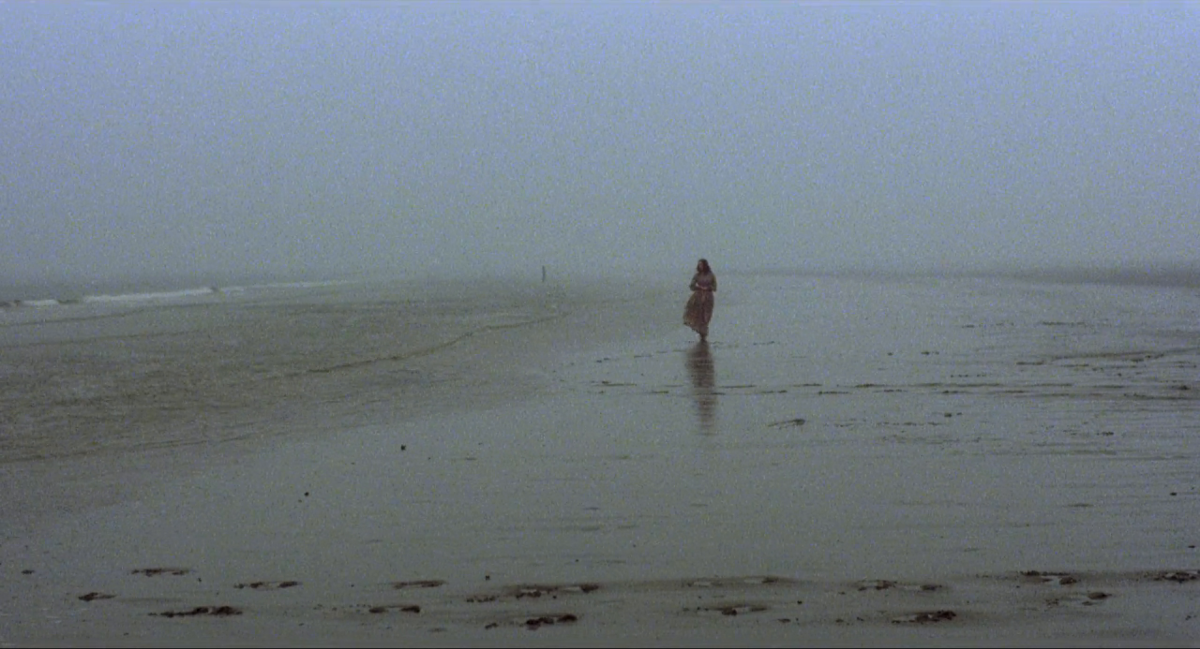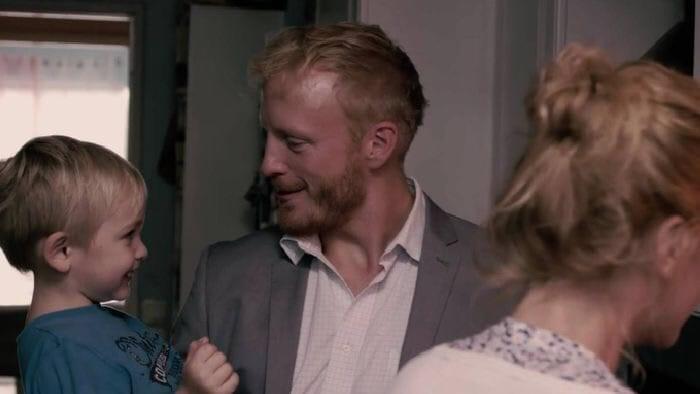USA/France | 2005 | Directed by Tommy Lee Jones
Logline: A ranch foreman honours the final Mexican burial wishes of his murdered best friend and makes sure the man responsible, an arrogant and reckless Border Patrolman, is held accountable.
Tommy Lee Jones plays Pete, the aging rancher, whose cowboy buddy, Melquiades (Julio César Cedillo) , an illegal immigrant, finds himself in the wrong place at the wrong time; trying to kill a loitering coyote, and is subsequently shot dead by a livewire gringo, Mike Norton (Barry Pepper), who mistakenly thinks he’s been shot at. Pete makes it his duty to ensure Mel is given a proper burial, and that means exhuming his body from the hasty job ordered by dodgy sheriff Belmont (Dwight Yokam), dragging his killer along for the dangerous journey across the border to find Mel’s original homestead as a form of punishment.
There is much to savour in this languid, but compelling narrative. Although an original screenplay, written in Spanish directly for the screen by Guillermo Arriaga (Tommy Lee Jones then translated into English, yet retained the title and chapter cards in dual English-Spanish), it unfolds with the subtleties and richness of a novel. There are several stories being told. The Three Burials of Melquiades Estrada is the main story, but peripheral tales interweave, and characters that bristle and perspire with elusive significance, slide in and out of the narrative arc.
The Border Patrolman’s bored and restless wife, Lou Ann (January Jones), who dances between the sheets with Mel, the sly and mischievous waitress at the local restaurant, Rachael (Melissa Leo), who’s having affairs with both Belmont and Pete, the blind gringo in the middle of the desert, the Mexicans who tend to Mike’s snakebite, there’s Mel’s estranged wife (or is she?), and I’m compelled to mention the stunningly beautiful Lorena (Elena Hurst), the Mexican girl and her papa whose cart is stuck, but whose only scene was deleted.
Three Burials is a deep, dark morality tale, a parable of ethics and conscience, of humanity and inhumanity. The movie is infused with a stark and raw poetry, not unlike the Western “legends” of director Sam Peckinpah. Tommy Lee Jones handles the directorial duties with consummate ease (curiously, Luc Besson was one of the movie’s producers), added by superb cinematography from British cameraman Chris Menges, and a melancholic score from Marco Beltrami.
The narrative drifts like the sands of time, is quietly punctuated by four “chapters” (The First Burial, The Second Burial, The Journey, The Third Burial), but finishes with frayed edges, despite the quixotic journey having brought the two disparate men – the old man of the land and the young man of the law – to a mutual understanding of each other’s purpose and contrition. The performances of the entire cast are consummate (as is always the case when a skilled actor steps behind the camera).
That’s not to say the movie is without a sense of humour, albeit wry and cracked, like the leathery pocked skin of Pete’s weathered mug, or blackened like the petrified hide of Melquiades’ mask. There is a distinctly morbid odour that lingers over this tale, yet never pungent enough to warrant wrinkling your nose; instead you turn your head to admire the desert flower that’s blossomed from the nearby cactus, and count your blessings; there is good in the world as there is bad, death walks in the shadow of life, while love keeps life on its toes.

